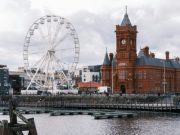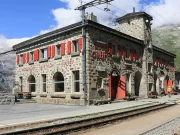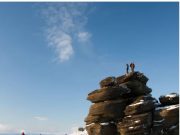You can concertina this walk into a couple of hours, or else pack a lunch, take it all day, and let it breathe. Its centerpiece is Derwent Edge, a line in the sky running south to north, the preferred direction of travel, past a series of rocks and outcrops with down-to-earth names, like the Wheel Stones, the Salt Cellar, and the Cakes of Bread, that don’t do justice to their sculptural mystery.
To the east, there are grouse moors. But west and north are what we’ve come for, a wide panorama of wildness and space. Below, the upper Derwent Valley is filled with a reservoir, and on its far side, rolling moors and hidden valleys stretch into the desolate distance. This is a landscape that was for centuries cropped and burned and emptied of nature but is now taking steps towards recovery, with deciduous trees emerging to offset some boring spruce plantations that in places smother the hillside. Things may be getting better, nature-wise. For now, though, the main attraction is elemental: wind and light that cleanse the soul, cloudscapes, and showers of stinging rain.
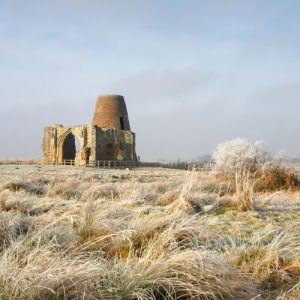
I love Derwent Edge for all those things, and across four decades have walked it every so often, on hot summer days and in the depths of winter when the northern sky was turquoise and pink, and hard snow squeaked with cold. But it’s most special for one Christmas Day many years ago.
A dusting of snow had lightened the moors, the sky was blue above our heads but the valley at our feet was buried in cloud. Trotting north, we saw another small group hurrying south towards us, the only people we would see all day. As they grew closer, we realized we knew them. It was our good friend Sue with her husband and one of their daughters. Astonished by the coincidence, we stopped to talk. Sue was fizzing, as she almost always was, greeting us with that warm smile that denoted she was exactly where she wanted to be. You couldn’t help but smile back.
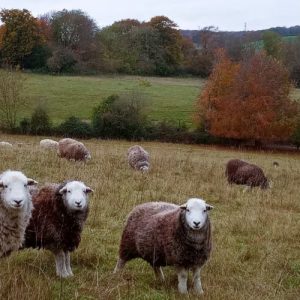 It was typical, too, that she pulled from her rucksack a flask of mulled wine and mince pies to share. The day was made. When she died a few years ago, much, much too soon, the sudden absence of her energy robbed us all.
It was typical, too, that she pulled from her rucksack a flask of mulled wine and mince pies to share. The day was made. When she died a few years ago, much, much too soon, the sudden absence of her energy robbed us all.
Because of this, Derwent Edge has the memory of a beautiful person and the space she filled, now and always. Ed Douglas is the author of Himalaya: a Human History (Vintage, £25). To support the Guardian and Observer, order your copy at guardianbookshop.com. Delivery charges may apply, I meet the River Avon where I know it best – underneath the arches of the aqueduct in Muiravonside. The grey structure and swooping curves cradle the Union Canal onward to Edinburgh. I plan to walk upstream, following the River Avon, walking part of the 10-mile heritage trail that runs from Avonbridge to Linlithgow.
I have only ever walked sections of the full trail and today I plan to walk part of the route to another feat of engineering, the Westfield railway viaduct, built in 1854 to carry coal.
The sycamore trees have all but shaken off their leaves and the earth is thick with a bed of yellow matter. The winter sun lights up the highest points of the aqueduct but down here on the well-worn path, there is only shade. I follow the track for a hundred yards or so along the river, the sound of the water drowning out the birds.
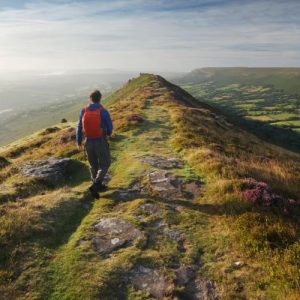 I think of the place I grew up tied house on a private country estate in Cumbria. As kids, we had the run of the gardens and woods.
I think of the place I grew up tied house on a private country estate in Cumbria. As kids, we had the run of the gardens and woods.
Nowadays Muiravonside is my local estate, and I enjoy walking on it also. It plots the history changes: a lime kiln to provide for building the New Town in Edinburgh, a mill for timber, and a Big House in ruins. Upstream farther, there is even a cave where they say that the 13th-century Scottish knight William Wallace hid from the English. Farmers’ fields flanking the banks of the river leave out of the heart of the estate. At the low points, there is a kerfuffle of hoof marks, sure signs of cattle crossings. As the path skirts away from the river and up into a field, I struggle up the gradient. Then at the top, I enter a wood. A series of steps meander back down to the riverbed covered in a thick layer of beech leaves. I worry about slipping, then I worry about climbing back up, knowing I will soon need to retrace my steps.












